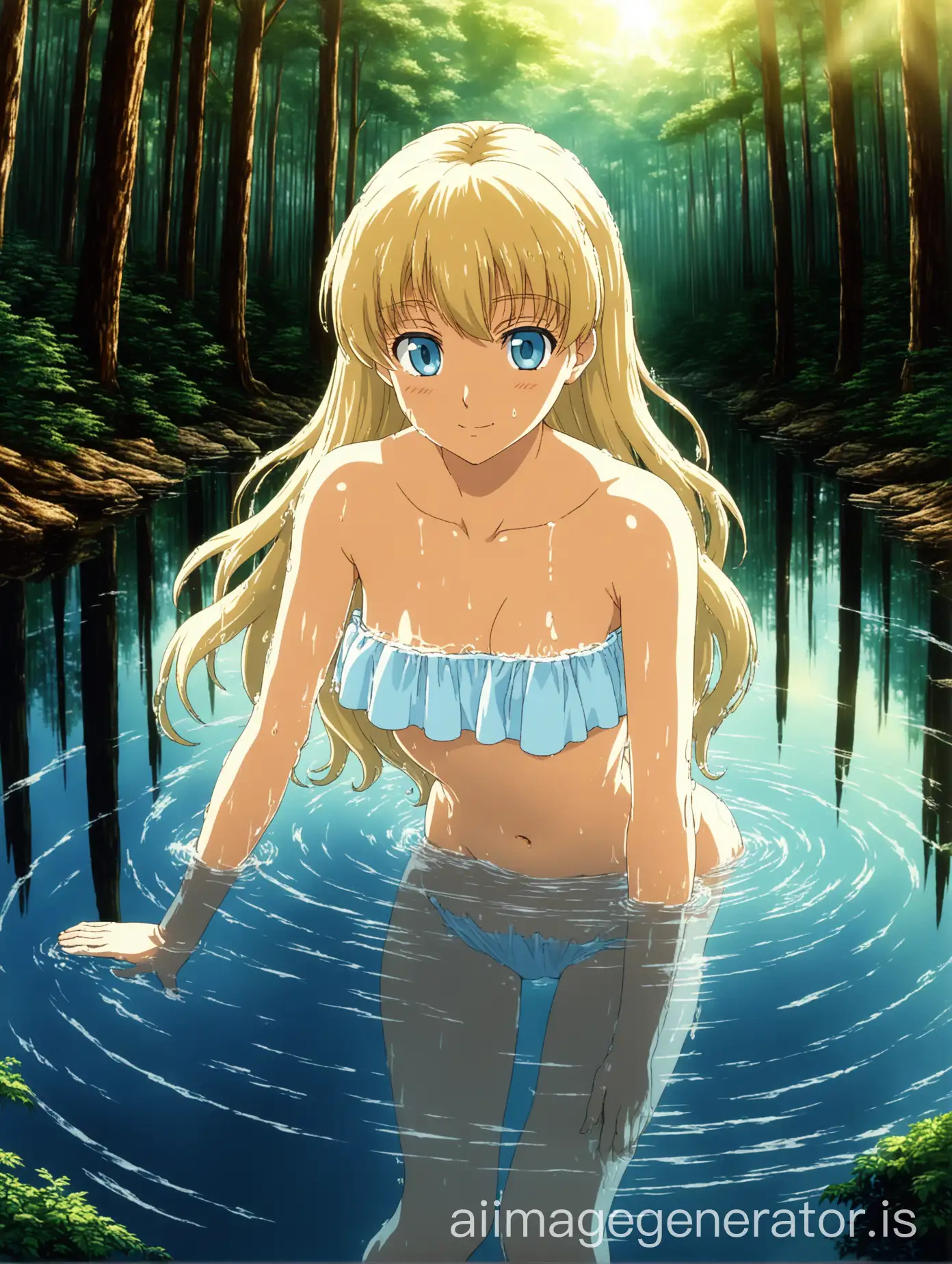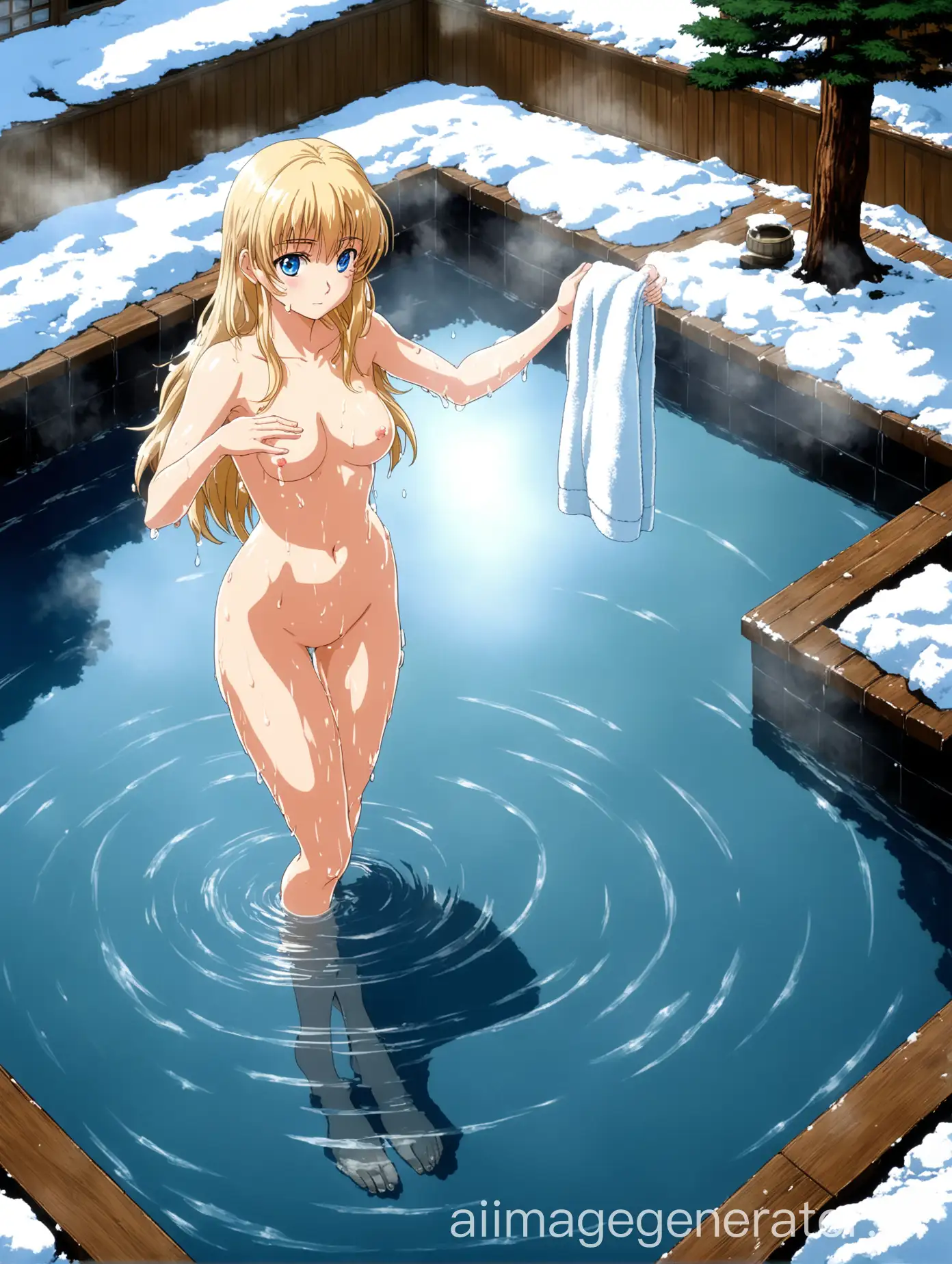3 Free Tyndall effect AI images
Welcome to our Tyndall Effect image collection, showcasing 3 free AI-generated images. Discover a variety of stock photos, 3D objects, vectors, and illustrations, all available for high-resolution download. Use our 'open in editor' feature on the image detail page to customize prompts and create your perfect image.



Related Tags
The Tyndall Effect, named after physicist John Tyndall, refers to the scattering of light as it passes through a colloid or fine particles suspended in a medium. This phenomenon is observable when light beams, such as sunlight passing through mist or dust, create visible light paths. The effect is crucial in fields like physics, chemistry, and atmospheric sciences, helping to explain why the sky appears blue and why sunsets are red.
Understanding the Tyndall Effect
Key characteristics of the Tyndall Effect include the dependency on particle size and light wavelength. The effect is most pronounced with light wavelengths comparable to the size of the particles. Applications of the Tyndall Effect are widespread, including in laboratory practices to identify colloidal mixtures, in environmental science for air quality measurements, and in the medical field for imaging techniques. It also plays a role in everyday phenomena, such as the visibility of light beams in foggy conditions.
Characteristics and Applications of the Tyndall Effect
AI-generated images of the Tyndall Effect often emphasize the mesmerizing patterns of light scattering. Styles range from realistic depictions of natural scenes, like misty forests with sunlight filtering through, to abstract interpretations highlighting the interplay of light and particles. These images can be used in educational materials, scientific publications, and as artistic expressions in digital and physical media, offering a visually engaging way to understand this scientific concept.
Visual Representation and Styles in Tyndall Effect Images
To create content inspired by the Tyndall Effect, start by experimenting with different light sources and particle sizes in a controlled environment. Capture the scattering effects using high-resolution cameras to document the phenomena. For digital art, use graphic design software to simulate light paths and particle interactions. Incorporating the Tyndall Effect into art and photography projects can add a layer of scientific intrigue and aesthetic appeal, making it a favorite among creators looking to blend science and art.
Creating Content Inspired by the Tyndall Effect